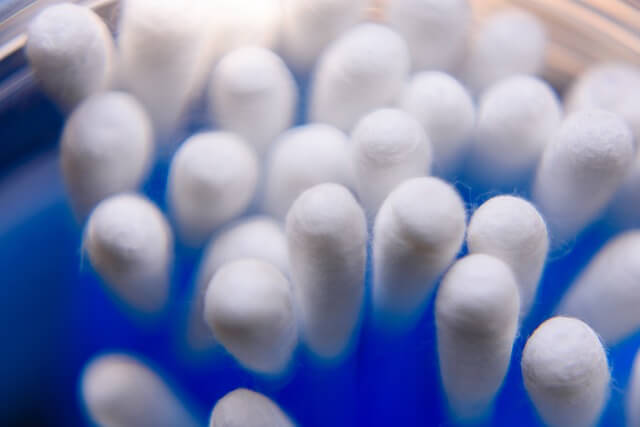Mastering Ear Hygiene: Best Practices for Daily Care
Maintaining good ear hygiene is an essential part of your overall health regimen, yet it is often overlooked or misunderstood. Ears are self-cleaning organs that generally do not require extensive maintenance. However, knowing the right way to take care of your ears can prevent potential problems and ensure they function well. This article delves into practical daily practices for optimal ear health, focusing particularly on the proper approach to ear wax removal.
The body naturally produces ear wax, or cerumen, which serves as a protective barrier preventing dust, dirt, and other particles from entering the ear canal. Additionally, ear wax has antibacterial properties and lubricates the ear canal, thus preventing dry, itchy ears. Normally, old ear wax moves from the ear canal to the ear opening, where it dries up and falls out. However, problems can arise when wax accumulates and hardens, potentially leading to blockages and hearing issues.

Image Source: Pixabay
For most individuals, the ear canals never have to be cleaned. However, some may find that wax builds up heavily, necessitating removal. It’s crucial to handle ear wax removal safely to avoid damaging the delicate structures inside the ear. The first rule of safe wax removal is never to insert anything into the ear canal, especially hard or sharp objects like cotton swabs, which can push the wax further into the ear canal or damage the ear.
If you feel that you have excess wax buildup, there are several safe methods to manage it at home. Over-the-counter wax removal kits are available in pharmacies and are generally a safe and effective way to remove wax. These kits usually include a softening solution that loosens the wax and a syringe to gently irrigate the ear with warm water. It’s important to follow the instructions carefully and ensure the water is not too hot or cold, as extreme temperatures can cause dizziness or discomfort.
For those who are uncomfortable treating wax buildup at home or have recurring issues with ear wax, it is advisable to seek professional help. Healthcare providers can perform wax removal using specialized tools like a cerumen spoon, suction device, or a flushing apparatus. This method is safe when performed by a professional and can quickly alleviate any symptoms associated with wax blockage.
Aside from managing ear wax, daily ear hygiene involves protecting your ears from excessive noise and keeping them dry. Prolonged exposure to loud environments can damage the sensitive structures within the ear, leading to noise-induced hearing loss. Using ear protection like earplugs or earmuffs in noisy environments can help safeguard your hearing. Additionally, it’s essential to keep your ears dry, especially after swimming or showering, as moisture can lead to infections. Tilting your head to the side allows water to escape, and drying your outer ear gently with a towel helps prevent swimmer’s ear, an outer ear infection.
It’s also advisable to avoid using earbuds or headphones for extended periods, as they can not only contribute to wax buildup but also potentially damage hearing over time. If you use these devices frequently, keep the volume at a moderate level and take breaks to allow your ears to rest.
In summary, while ear care might seem straightforward, proper maintenance is vital to prevent infections and hearing impairment. Remember that ear wax removal should only be done when necessary and ideally by a healthcare professional if complications arise. Incorporating these simple practices into your daily routine can ensure that your ears remain healthy. By understanding the basics of ear hygiene and caring for your ears correctly, you can help maintain not only your ear health but also your overall well-being.
Comments